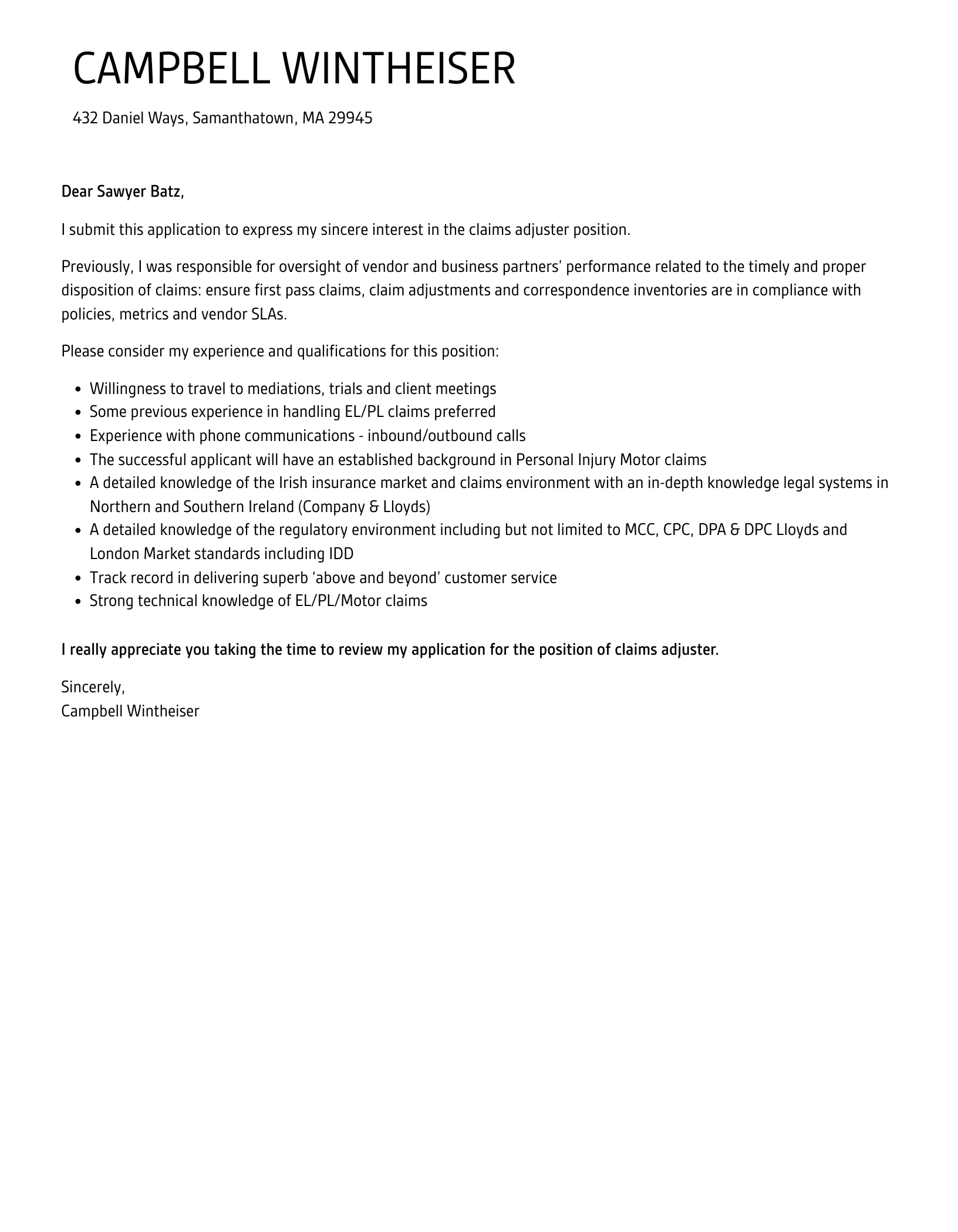The Importance of a Claims Adjuster Trainee Cover Letter
A well-crafted claims adjuster trainee cover letter is your initial introduction to a potential employer. It serves as a crucial tool in showcasing your interest, qualifications, and personality, ultimately helping you stand out from other applicants. The cover letter is your opportunity to go beyond the resume and provide a narrative that highlights your relevant skills and experiences, demonstrating why you are the ideal candidate for the role. A compelling cover letter grabs the hiring manager’s attention and encourages them to delve deeper into your qualifications. It demonstrates your communication skills and your understanding of the claims adjuster trainee position. By personalizing your cover letter to the specific job and company, you significantly increase your chances of landing an interview.
Understanding the Role of a Claims Adjuster Trainee
Before you begin writing your cover letter, it’s essential to understand the role of a claims adjuster trainee. This role serves as an entry point into the insurance industry, providing hands-on experience in evaluating, investigating, and resolving insurance claims. Claims adjuster trainees work under the guidance of experienced professionals, learning the intricacies of the claims process. A strong understanding of this role will help you tailor your cover letter, demonstrating that you grasp the responsibilities and expectations of the position.
Key Responsibilities of a Claims Adjuster Trainee
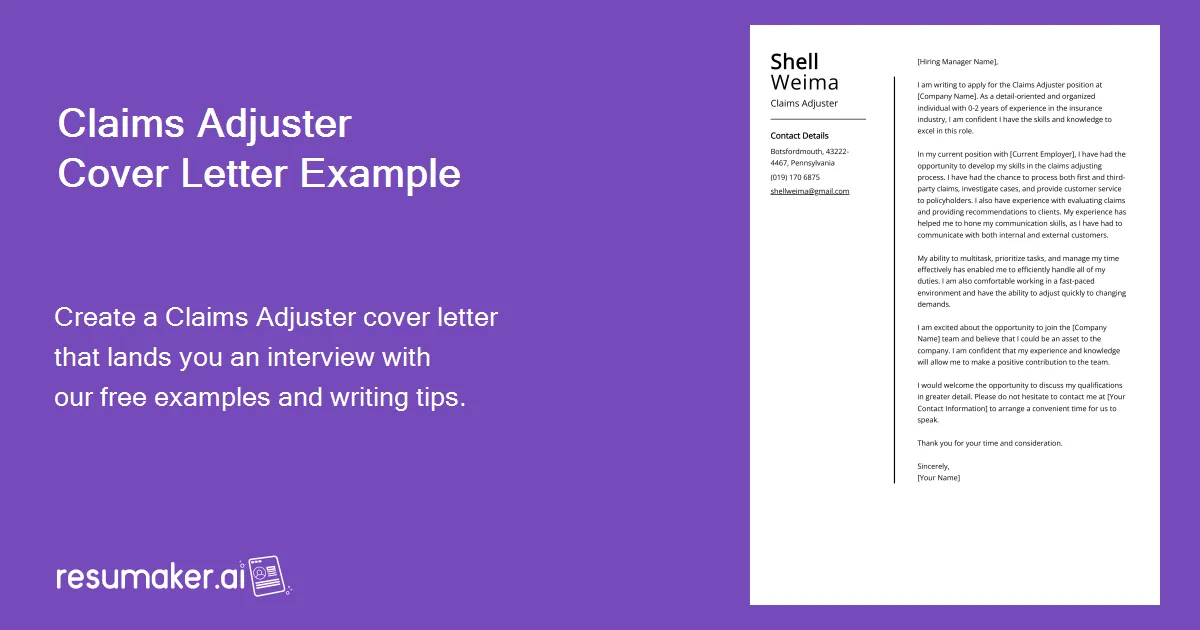
Claims adjuster trainees typically perform a range of duties. They examine insurance claims, interview claimants and witnesses, review police and medical records, and assess damages. These responsibilities necessitate strong analytical, communication, and organizational skills. As a trainee, you will learn how to interpret insurance policies, negotiate settlements, and prepare reports. Demonstrate your awareness of these duties in your cover letter by highlighting related skills and experiences.
Skills and Qualifications for a Claims Adjuster Trainee
Employers seek candidates with specific skills and qualifications. These include excellent communication and interpersonal abilities, critical thinking and analytical skills, attention to detail, and a strong work ethic. A bachelor’s degree in a relevant field, such as business administration or finance, can be advantageous, but some companies may accept equivalent experience. Highlight these relevant skills and qualifications throughout your cover letter to demonstrate your suitability for the position. Be sure to showcase your ability to learn quickly and adapt to new situations.
Essential Components of a Claims Adjuster Trainee Cover Letter
A well-structured cover letter includes several key components. These components work together to present a cohesive picture of your qualifications and suitability for the role. By including all the necessary elements, you create a professional and engaging document that captures the hiring manager’s attention and encourages them to learn more about you. Remember to customize each section of your cover letter based on the specific requirements and expectations outlined in the job description. This tailored approach demonstrates your genuine interest in the position and your dedication to the company.
Contact Information and Date
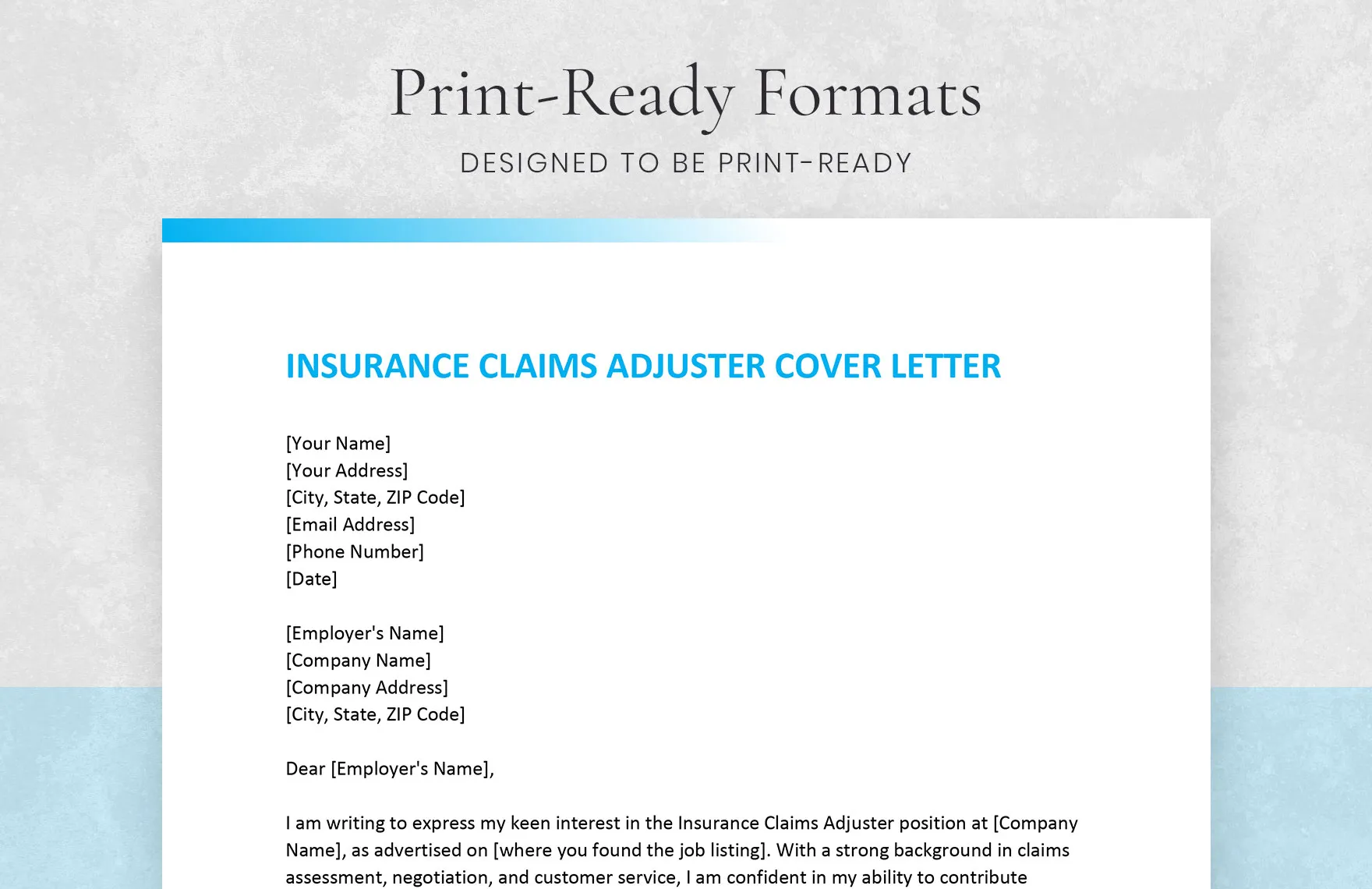
Begin your cover letter with your contact information, including your name, address, phone number, and email address. Place this information at the top of the document, followed by the date. This ensures that the hiring manager can easily reach you. Also, make sure to include the employer’s contact information if you have it. Using a professional email address is crucial. Ensure it contains your full name or a variation that presents you in a professional light. Accurate and accessible contact information is critical for a smooth application process.
The Introduction: Grabbing Attention
Your introduction is your first opportunity to make a positive impression. Start with a strong opening statement that clearly states the position you are applying for and where you found the job posting. Briefly highlight a key skill or experience that aligns with the job requirements. Show your enthusiasm for the company and the position. Consider mentioning something specific that attracted you to the role or the company. For example, mentioning their reputation or values can be an effective way to demonstrate your genuine interest.
Highlighting Your Skills and Experience
The body of your cover letter is where you showcase your relevant skills and experience. Focus on the skills and experiences that directly match the requirements of the claims adjuster trainee position. Use specific examples to illustrate your abilities. Discuss how your previous experiences have prepared you for this role. These examples should be specific, detailed, and provide context. Highlight your problem-solving abilities, your ability to work under pressure, and your organizational skills. Emphasize communication, both written and verbal, as it’s essential in the claims process.
Quantifying Your Achievements
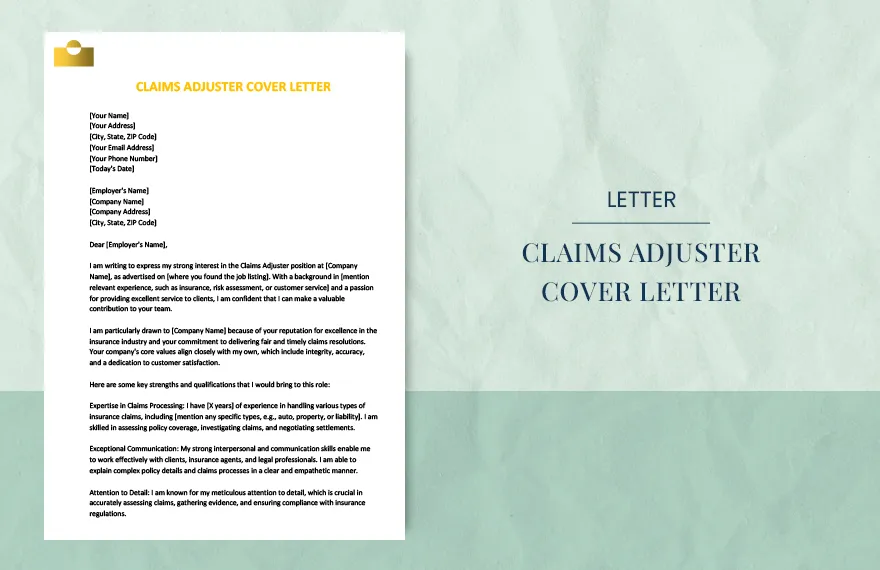
Whenever possible, quantify your achievements to demonstrate your impact. Instead of saying you have experience managing projects, quantify it by saying how many projects you have completed or the financial value of those projects. Use numbers and data to support your claims, such as, “Managed a team of five, reducing claim processing time by 15%.” This approach makes your accomplishments more tangible and impressive, providing a concrete sense of your capabilities. This could be about reducing costs, improving efficiency, or increasing customer satisfaction. Quantifiable metrics make a stronger case.
Tailoring Your Cover Letter to the Job Description
Always tailor your cover letter to the specific job description. Carefully review the job posting and identify the key skills and qualifications the employer is seeking. Align your cover letter to these requirements by highlighting the relevant skills and experiences. This customization shows that you have carefully considered the position and that you are genuinely interested in the company. Use keywords from the job description throughout your cover letter, but do so naturally, not in a way that feels forced or unnatural. Research the company and its values and show how your skills align with them.
Expressing Your Enthusiasm and Motivation
Express your enthusiasm for the position and the company. Clearly state why you are interested in becoming a claims adjuster trainee and what motivates you. Demonstrate your understanding of the role and the insurance industry. Show your genuine interest in learning and growing within the company. Mentioning specific aspects of the company’s culture, values, or achievements will help show your level of interest. Let the hiring manager see your passion for the role and the company. Your enthusiasm can be a key differentiator.
The Closing and Call to Action
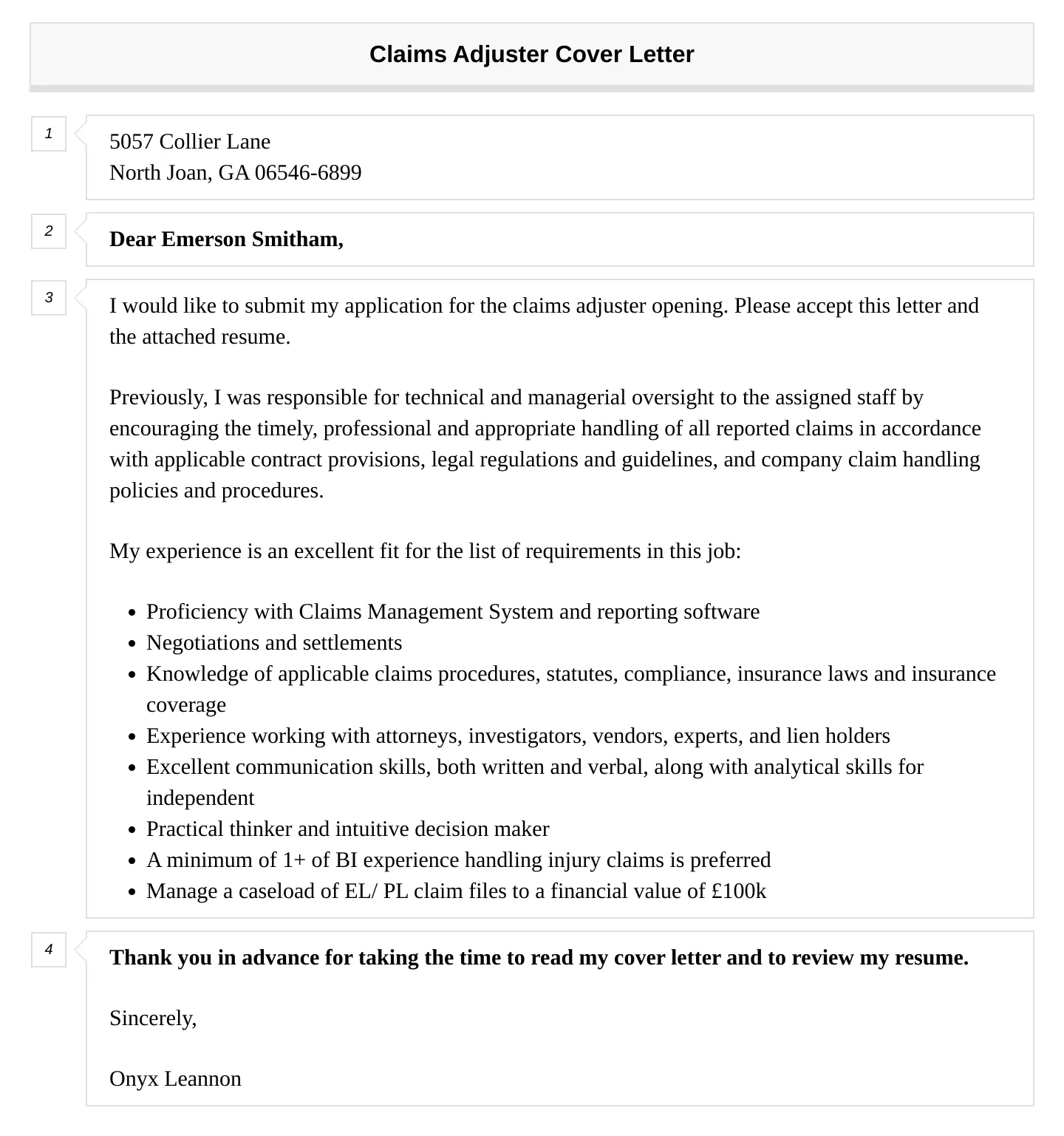
Your closing should reiterate your interest in the position and thank the hiring manager for their time and consideration. Include a call to action, such as, “I am eager to discuss my qualifications further in an interview.” State that you look forward to hearing from them soon. Offer to provide any additional information or references. Make sure to sign off professionally, such as, “Sincerely” or “Best regards,” followed by your typed name. Make your closing as professional and as persuasive as the rest of the letter.
Formatting and Proofreading Your Cover Letter
Proper formatting and proofreading are essential for creating a professional and polished cover letter. Your cover letter represents your attention to detail and your communication skills. An error-free document will greatly increase your chances of success. Pay attention to the layout, font, and overall appearance of your cover letter. A well-formatted cover letter is easier to read and more visually appealing.
Font and Layout Guidelines
Choose a professional font, such as Times New Roman, Arial, or Calibri, with a font size of 11 or 12 points. Use a simple and clean layout with consistent margins, usually one inch on all sides. Use single spacing for the body of your letter and double spacing between paragraphs. Ensure that the text is left-aligned. These basic guidelines will make your cover letter easy to read and create a professional image. Avoid using overly fancy or distracting fonts and layouts.
Proofreading and Editing for Errors
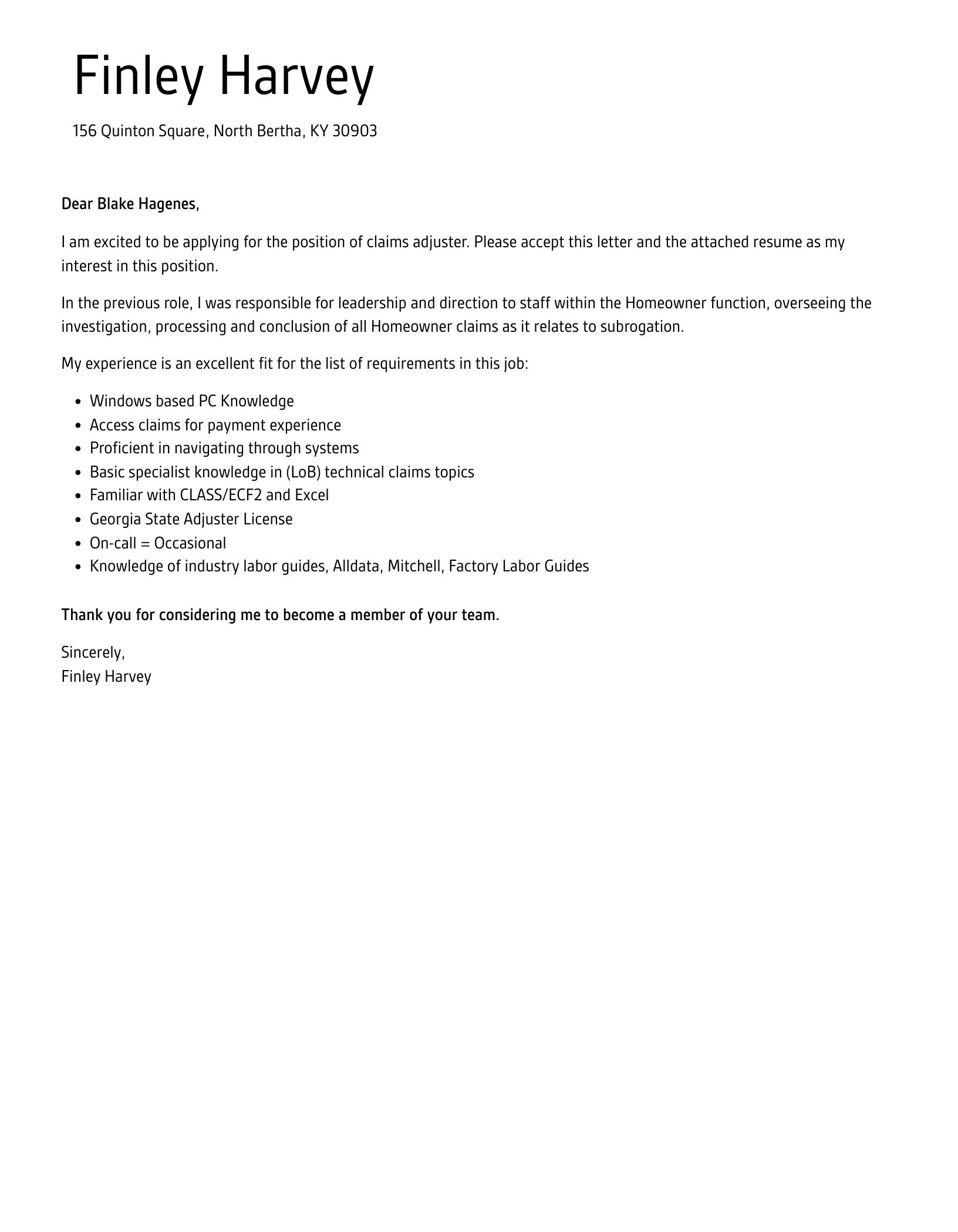
Proofread your cover letter carefully for any grammatical errors, typos, and spelling mistakes. Use a spell checker and grammar checker, but do not rely on them completely. Read your cover letter multiple times, and consider having someone else review it for you. Errors in your cover letter can create a negative impression and could lead to your application being rejected. Correct grammar and spelling mistakes show attention to detail. A clean document will set you apart from other applicants and improve your chances of getting an interview.
Common Mistakes to Avoid in Your Cover Letter
Be aware of common mistakes that can undermine your application. Understanding these pitfalls can help you avoid them and make your cover letter stand out. Avoid these common mistakes to make sure your cover letter is the best it can be. Each mistake can damage your chances of success. Correcting these before submission will ensure your application is professional and can get you an interview.
Generic Cover Letters
Avoid sending a generic cover letter that is not tailored to the specific job or company. Generic cover letters demonstrate a lack of interest and effort. Customize your cover letter for each application, highlighting the skills and experiences most relevant to the specific role. Research the company and its values. Make the hiring manager feel like the letter was written specifically for them. This shows a sincere interest in the position. Personalize your cover letter to make it engaging and relevant.
Focusing on Yourself Instead of the Employer

While you need to highlight your skills and experience, focus on how you can contribute to the company’s success rather than just listing your accomplishments. Demonstrate how your skills and experiences align with the company’s needs and goals. Focus on what you can do for them. Shift your perspective and write from the perspective of the employer. Focus on your value proposition and how you can help them achieve their goals. The goal is to show how your skills can meet their needs and help them solve problems.
Lack of Enthusiasm
Your cover letter should convey your enthusiasm and passion for the position and the company. Avoid using generic phrases and instead, show genuine excitement. Demonstrate your understanding of the role and the insurance industry. Express why you are drawn to the company and the position. A lack of enthusiasm can make you seem uninterested and unmotivated. Make the hiring manager feel your energy, desire, and sincerity. Infuse your cover letter with energy, passion, and a genuine desire to join the team.
Using an Appropriate Tone
Maintain a professional and respectful tone throughout your cover letter. Your cover letter is a formal business document. Avoid using slang, overly casual language, or informal abbreviations. Use a clear, concise writing style, and avoid jargon unless it’s appropriate for the specific job. Show respect for the hiring manager and the company. Your tone should reflect the professionalism of the insurance industry. Your tone creates the first impression of how you communicate and how you interact professionally.
Examples of Strong Claims Adjuster Trainee Cover Letters
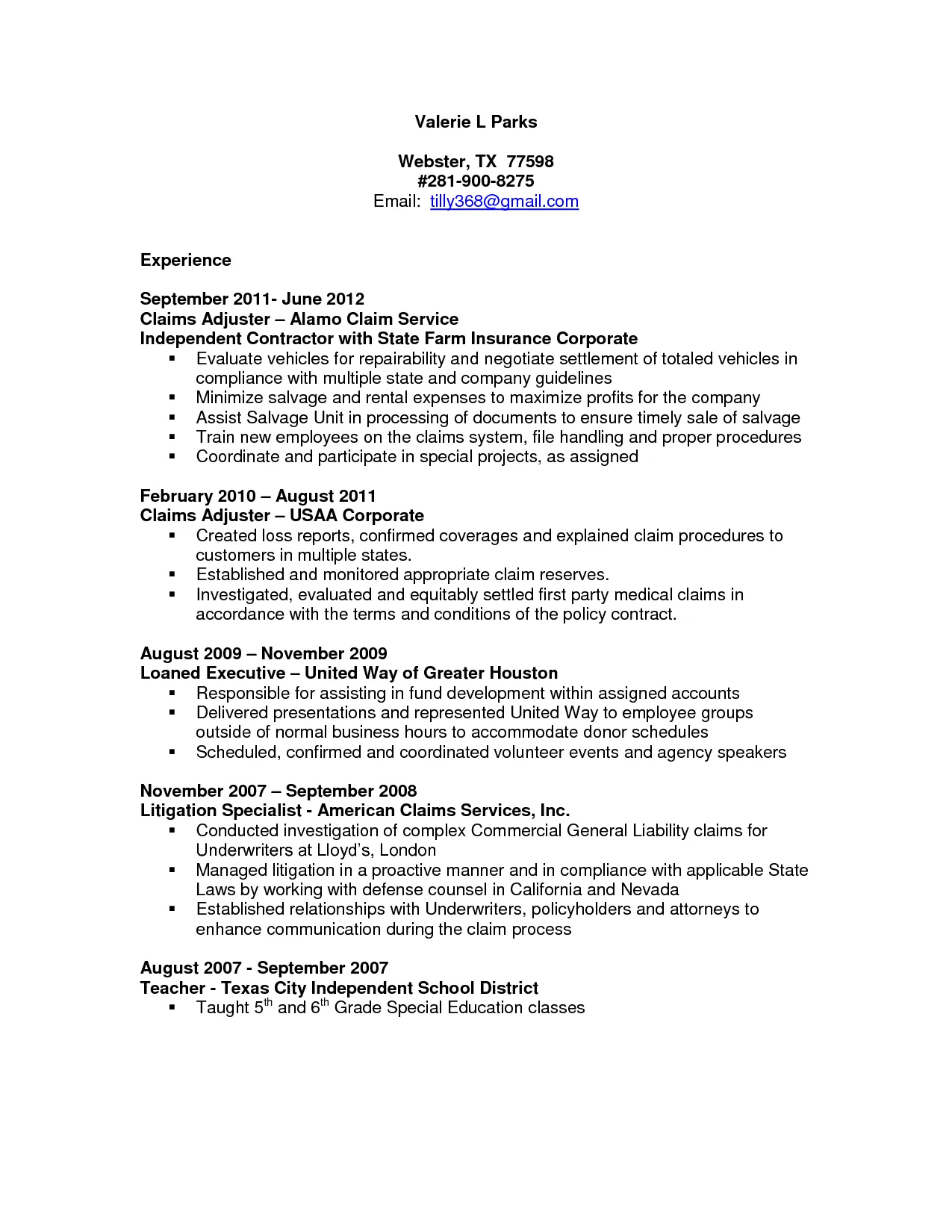
Review examples of successful claims adjuster trainee cover letters to gain insights into effective writing techniques and formatting. Pay attention to how the candidates highlight their skills, experiences, and enthusiasm. Analyze how they tailor their letters to the specific job description. Use these examples as a starting point, but ensure you personalize your own cover letter. Adapt the language and style to match your personality and qualifications. Look at several examples and identify common successful practices. Analyze how the candidates introduce themselves, highlight their skills, and express their enthusiasm for the position. Use these examples as a guide for your own cover letter.
